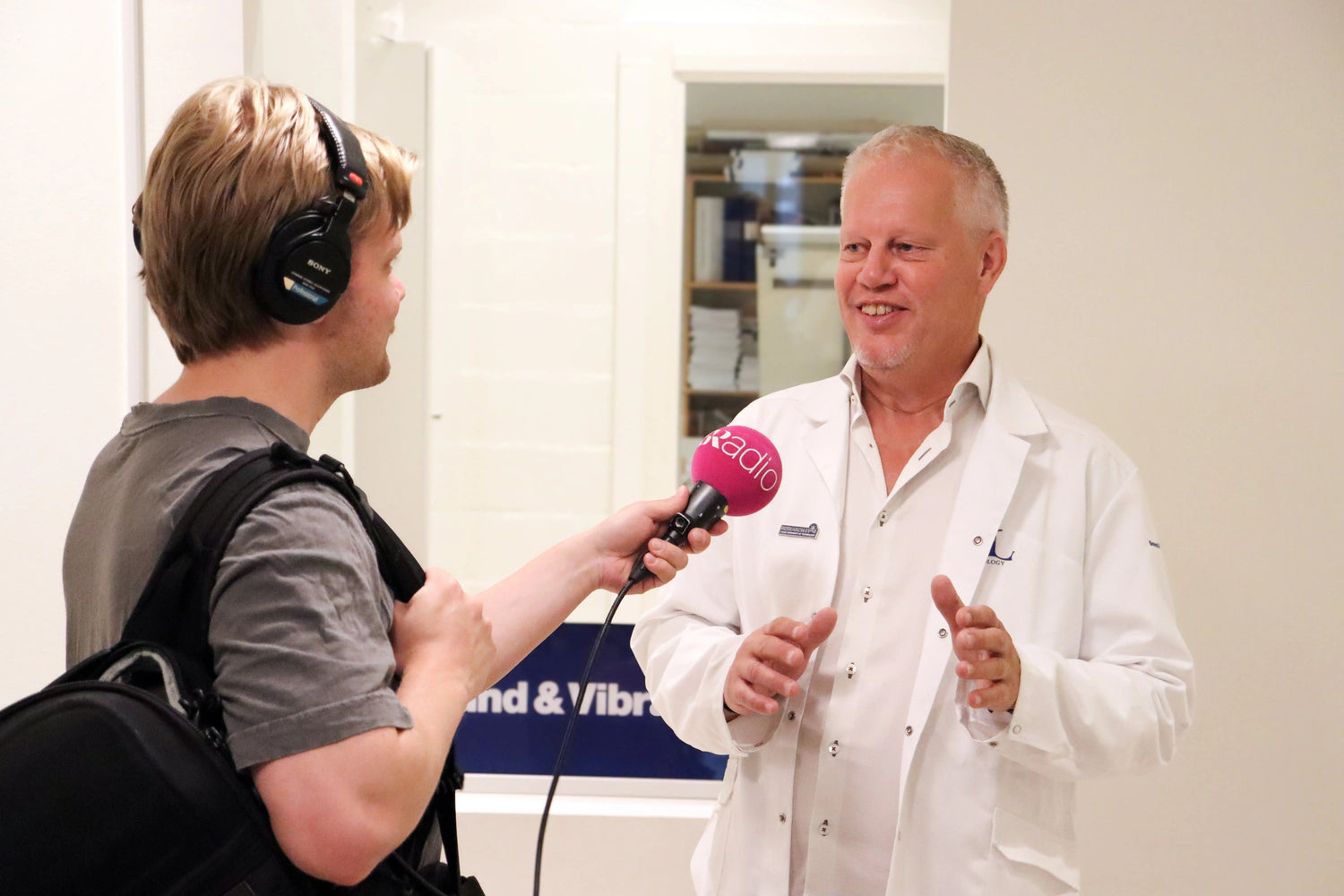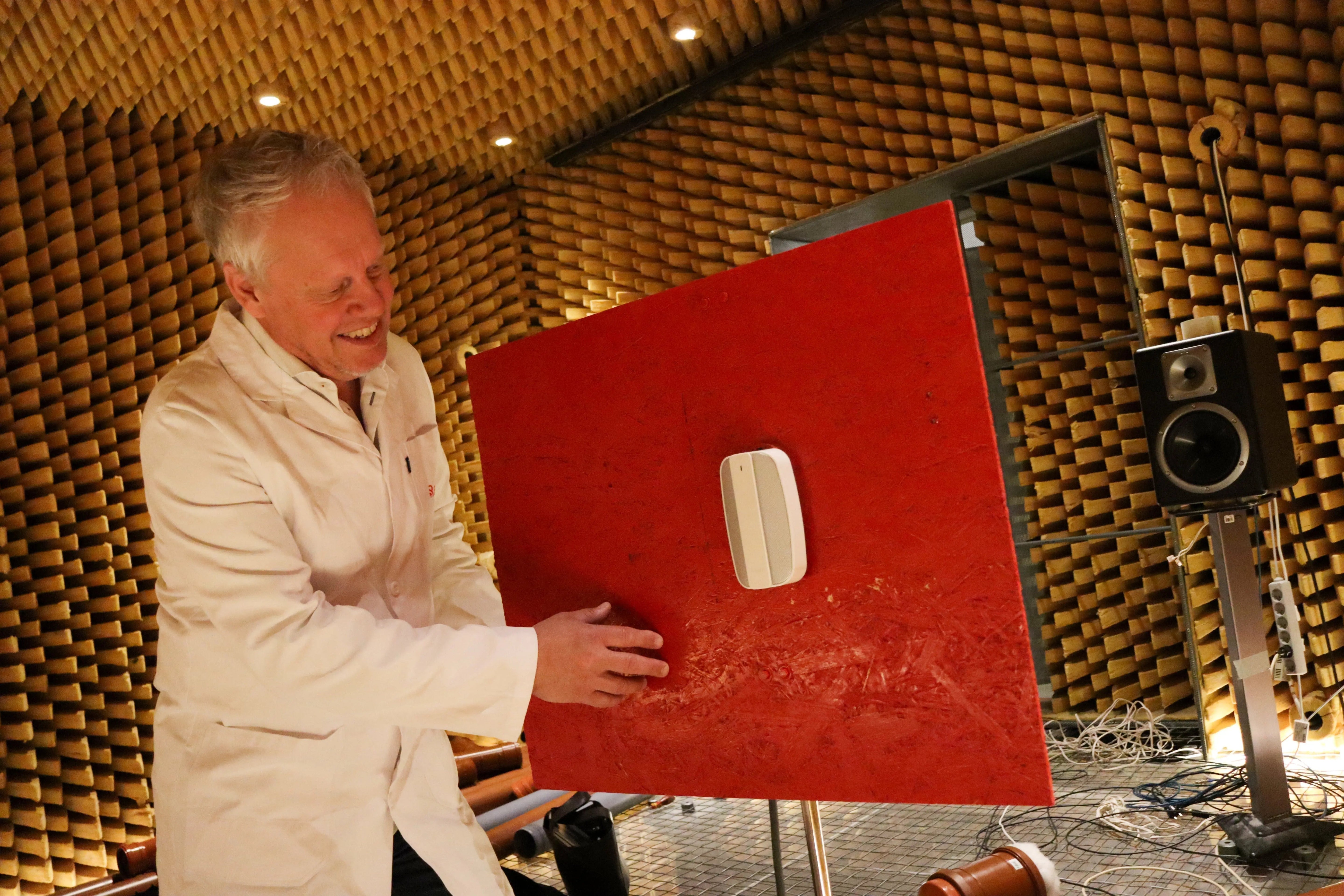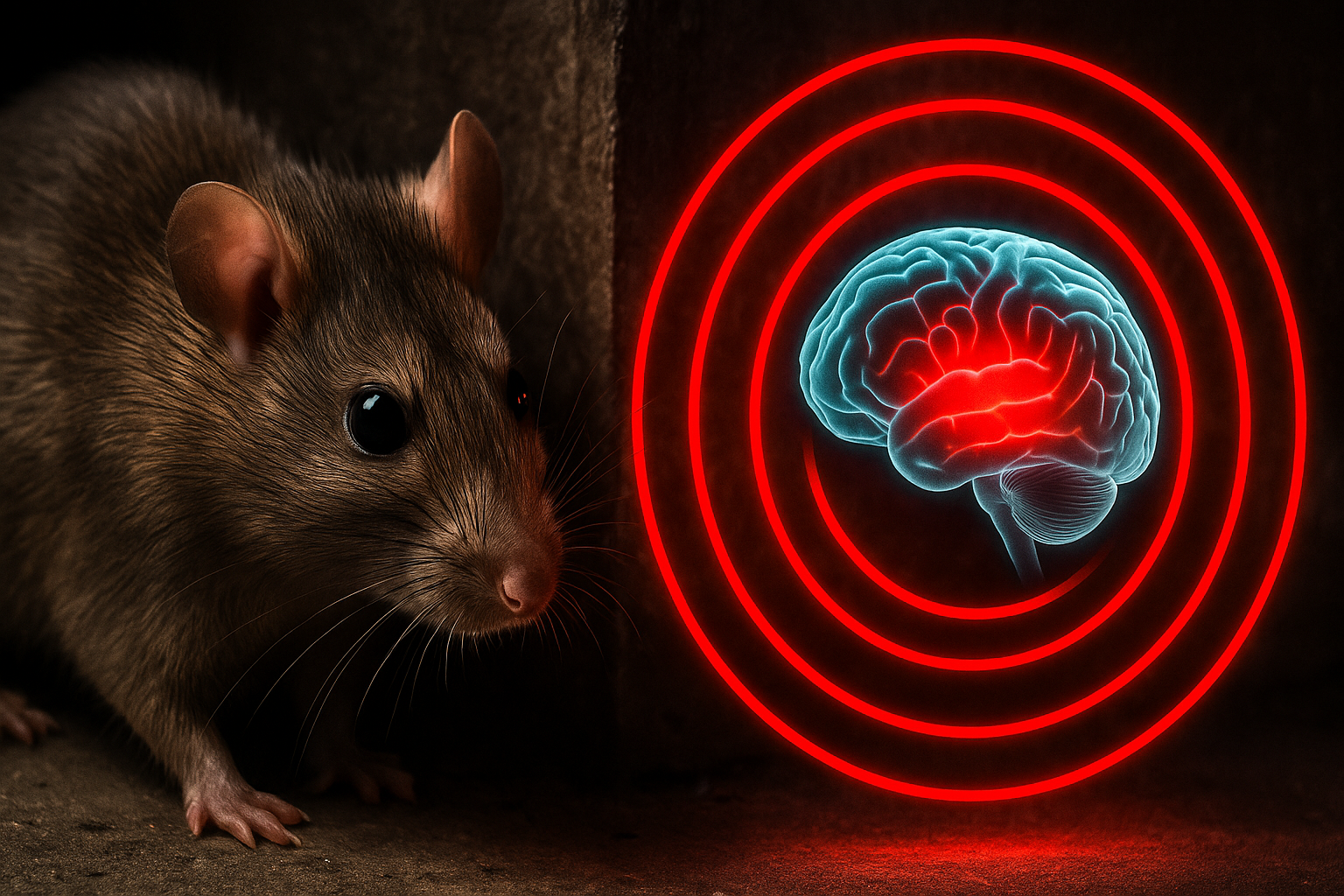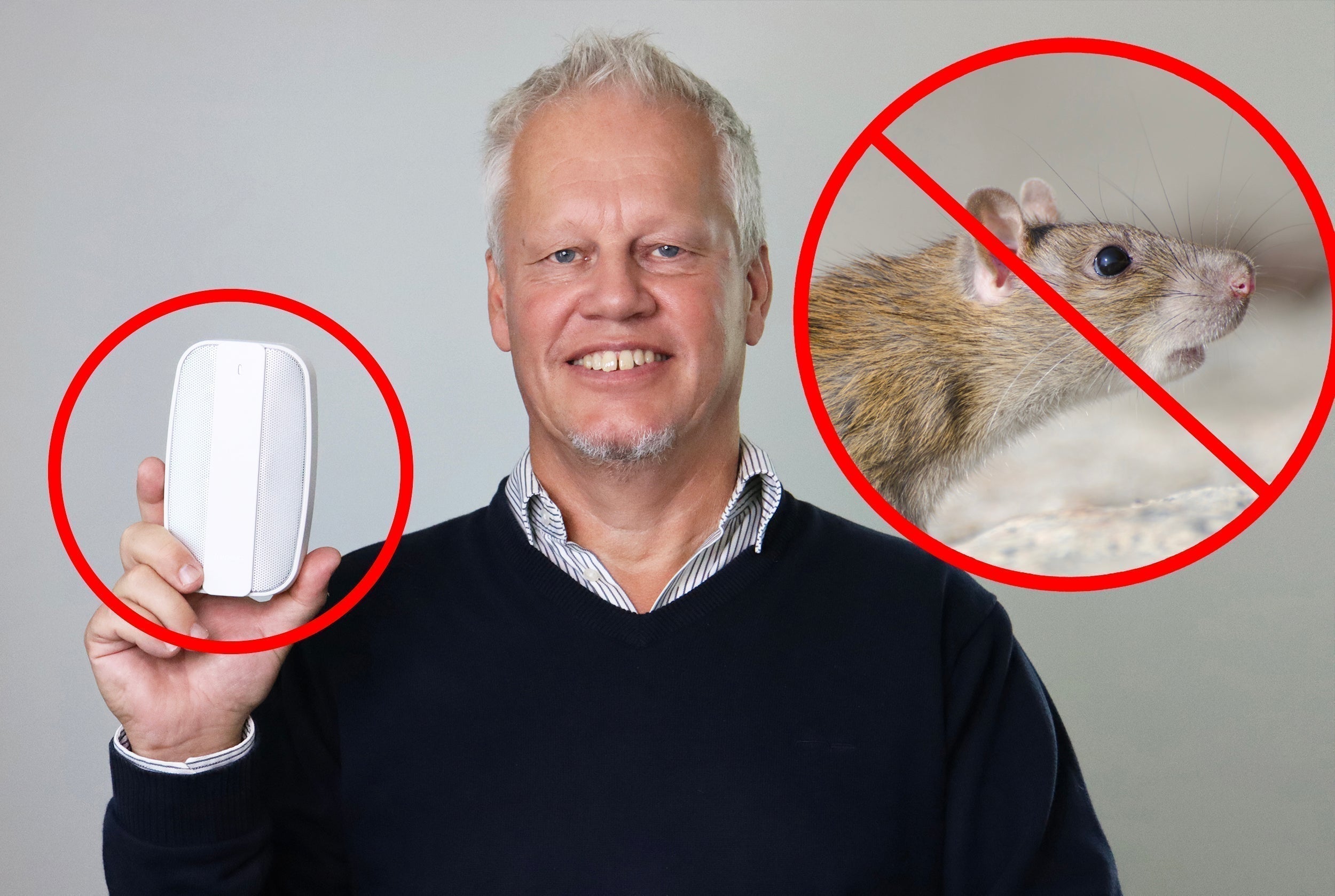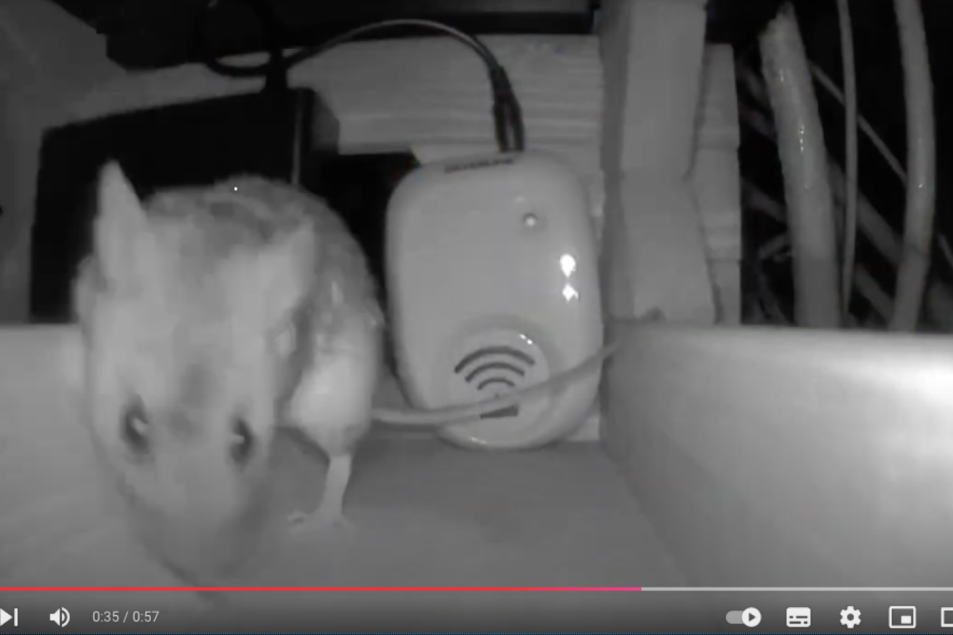After years of failed attempts with traps, poisons and ultrasound - a Swedish professor has cracked the code. Now there is a technique that makes mice and rats flee in panic in just a few seconds.
Mice and rats are one of our biggest everyday problems. They gnaw on cables, spread diseases and cause millions of dollars of damage every year. Yet most solutions on the market do not work well.
Cheap ultrasonic devices are widely sold - but time and again, tests show that mice get used to the sound. Traps and poisons are still used, but at great risk to children, pets and the environment.
Swedish professor did not give up
Örjan Johansson, Professor of Engineering Acoustics at Luleå University of Technology, was frustrated. Although the market was full of rat scares, there was no solution that really worked in the long run.
Together with several researchers, he started to map out exactly how different sound frequencies affect rodents' nervous systems. The results were groundbreaking.
The research had its big breakthrough when TV4 News reported on the discovery and showed clips of rats fleeing in panic as soon as the signals are activated.
 Sounds that trigger the reptile brain
Sounds that trigger the reptile brain
In controlled lab tests, it was found that certain sound sequences act as an invisible warning signal. The effect is immediate: the mice flee in panic and avoid returning to the site.
- We have developed a way to simulate acute threats through sound for the rat. It's not about volume, but about influencing the subconscious with the right kind of signals so that the rat flees, says Örjan Johansson, Professor of Engineering Acoustics at Luleå University of Technology and research leader.
The technology was named Repello - and is now patent protected.
👉 Read more about Repello and order here
Documented efficacy in tests
Researchers at the Swedish University of Agricultural Sciences (SLU ) have documented the effect of Repello in several controlled trials. In test environments, mice and rats reacted consistently to the specific sound sequences - they immediately fled and then avoided returning. The results have been filmed and analysed, and it is these studies that form the basis of the patented technology.
- "When you see how quickly the rodents react to the signals, you realise that this is something completely different from ordinary ultrasonic scarers," says one of the researchers.
Why Repello works when others fail
-
Complex sound patterns - mice can't get used to them.
-
Based on research from LTU & SLU - developed and tested in a lab environment.
-
Patented Swedish technology - unique in its kind.
-
No poisons or traps - safe for family and pets.


